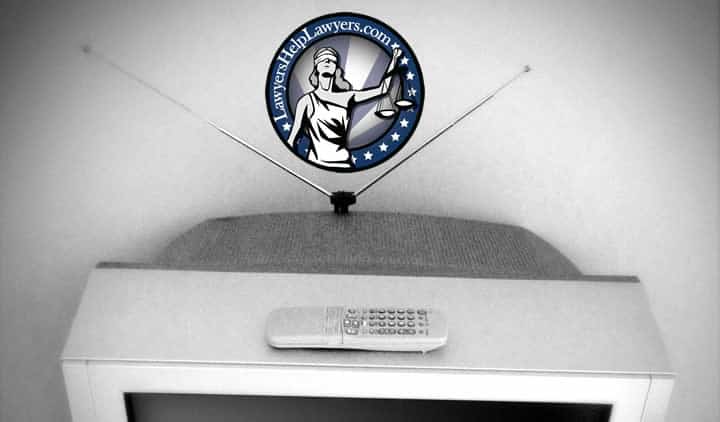Warning: Attempt to read property "roles" on bool in /var/www/vhosts/attorneydocs.com/httpdocs/wp-content/plugins/wp-user-frontend/wpuf-functions.php on line 4663
The Netflix series Making a Murderer seemed to turn everyone from your mom to your next-door-neighbor into a legal professional. The series follows the story of Steven Avery, who was exonerated after 18 years in prison for the sexual assault and attempted murder of Penny Beerntsen. Shortly thereafter, he was sentenced again for the murder of Teresa Halbach.

Yet despite the criticism, viewers have continued to rally around Avery to condemn the system that imprisoned him: multiple petitions requesting his release have collected more than 100,000 signatures and made their way to the President’s desk. The response by the public to free Avery has been overwhelming, but it could also be cause for alarm. Do we risk losing control of the legal system if a case can be re-opened due to public demand?

There is a stark difference between the trials and the series that document them. These shows, released years later, reignite interest in the legality of trials and encourage the public to take action against the proposed corruption. But do these dramatized documentaries do justice to the justice system? Not necessarily.
Television is made for ratings. While the media can bring much-needed attention to flaws in the legal system, it is important that attention also be brought to the flaws in the media. The public must be vigilant about the information they receive or they’ll be left fighting for a cause in which they are largely misinformed. Legal professionals must be careful about the cases they re-open or we could end up on a slippery slope of trial by television. In the end, we all must remember that “making a murderer” can be just as dangerous as making an acquittal.








